How to Plan and Pull-Off a Toddler Photo Session
Toddlers are filled with volatile emotions. They can be shy, moody, defiant, chaotic, unpredictable, and in need of bribes. So a toddler photo session can be a challenge.But when you build a photo session just for toddlers, it’s far less challenging and lots of fun. It is also the perfect opportunity to get creative.
Here’s how to let your inner child create a toddler photo session that’s fun for you and toddlers.

1. The big idea
The first step is to plan out the photo session. I think that a themed lifestyle or documentary session is perfect for toddlers.The big question is, how do you come up with an idea or theme for the session?
Many photographers choose a theme themselves, such as princesses or pirates. The benefit of choosing your own theme is that you get to exercise your creative vision (designing the set, costumes, etc.) and let people choose to be part of it or not.
Of course, one downside is that it’s a cookie-cutter approach that gives every child similar portraits.
If you want to choose something unique to the child, keep in mind that every toddler has something they love to do. Go with that as the theme for the session.
If they love dinosaurs, then find a way to make dinosaurs part of the session. If they love to play with big-rigs and diggers, then make those part of the session. Whatever it is they love, try to make it larger than life for the session.

When I found out that this little guy loved watching football with his Mom and Dad, I knew we
had to visit an actual football field for his photo session.
2. The toddler photo session
When it comes to pulling off the session, start by being prepared. This seems obvious, but many photographers come unprepared, and it can ruin a session.If you are prepared, then you won’t have to think about it during the shoot. The less you have on your mind, the more room you have to be creative.
Gear
Pack the right gear and check twice that you’ve got it all.- Spare camera
- Charged batteries
- Lights (if needed)
- Props (provided by you or the family)
- A checklist of other things you need

Even though props for the session should be prepared in advance, you should still allow room
for spontaneity. Dressing up as a firefighter was not part of the plan, but it was the best part of
the session.
Chaos
Generally, you’ll need to embrace chaos as part of the toddler photo session. Toddlers are emotionally volatile, and the session may take many twists and turns. This is one of the reasons that I love lifestyle sessions. It easily allows for pauses, breaks, and spontaneity.Go with the flow and don’t try to force anything. If you design the session for the toddler, then it should be fun. They should be happy, and it should be the perfect environment for them. Even a studio can be fun.
Keep the parents informed, but don’t feel the need to explain things to the toddler. You don’t even need to tell the toddler it’s a photo session. If it’s a lifestyle or documentary session, just let them be themselves.

Creativity
Use many creative elements with your photography. Go for a variety of angles, close-ups, storytelling, wide angles, and beautiful light.
Part of your creativity is in choosing the environment and backgrounds for your session. I used a
combination of background, composition, and moment for these two photos. The moment began
with him confronting his opponent’s mascot and ended with him making a run for it.
Beware of yourself
You’ve got to be able to handle any problems that arise and still get great photos.Before a toddler photo session, I do some reflection. What could go wrong with this session? Has anything gone wrong in the past? What is the worst that could go wrong? But most importantly, how will I respond? I make this decision in advance so that I don’t have to think in the moment. Do the thinking while things are calm, and you’ll make better decisions.
Consider answering these questions in advance:
- What if the toddle is grumpy?
- Suppose the parents are overbearing?
- What if the kid throws mud at my camera or turns the firehose in my direction?
- What if the toddler gets hurt?

As much as we all love nature, there are many harmful elements out there for toddlers. Keep
parents close by and make sure they are comfortable with where their toddler is exploring.
3. The edit
When it comes to the edit, be ruthless in narrowing down your photos. Most photographers are happy if they keep 10% of their photos from a session. Some are satisfied with less. Don’t be afraid to cut, cut, cut!Your final selection of photos should have lots of variety to it.
- Close-ups
- Full scene
- Details
How do you know what to do with a photo? Keep these two principals in mind. When it comes to editing you’re either:
- Putting the finishing touches on your photo (crop, exposure adjustments, etc.)
- Or you’re trying to fix a photo that didn’t turn out

The main things I did with this RAW photo is I cropped it and warmed it up with the temperature
slider.
A perfect session for you and toddlers
Follow your nature as a creative person and the nature of the toddler you are photographing. Design everything for the toddler, and you’ll have an amazingly creative toddler photo session that will leave everyone wanting more.Do you have any other tips for a successful toddler photo session? Share with us in the comments below!
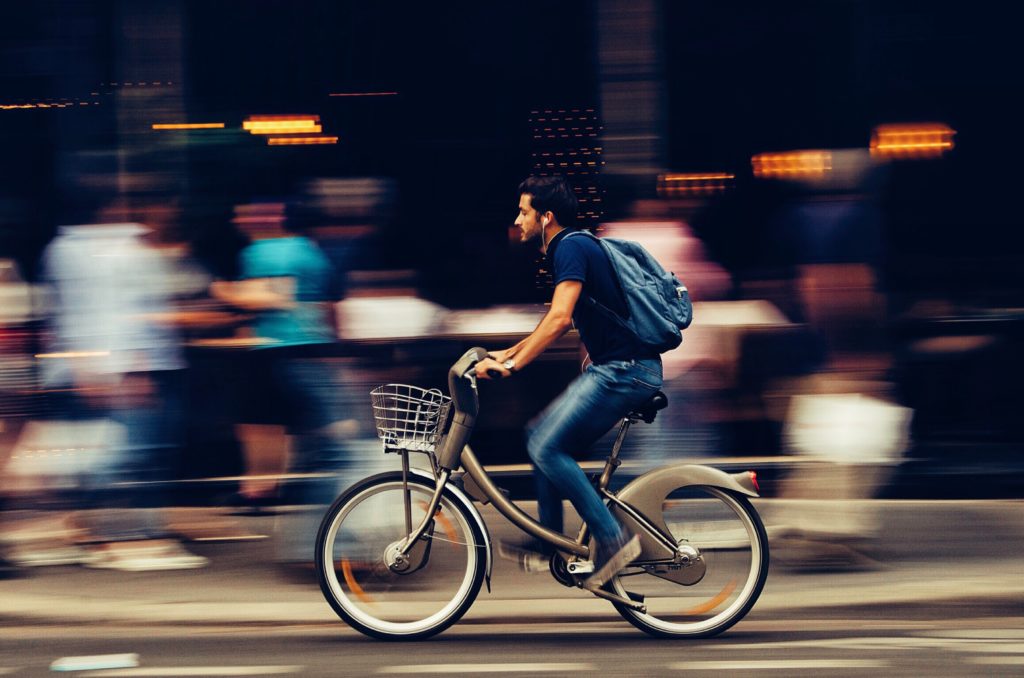








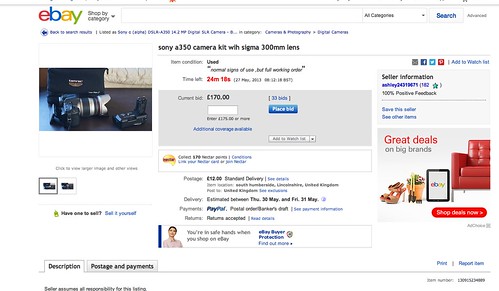 Ebay
Ebay Karl Zeissky
Karl Zeissky

 Image by Diego Zarpellon
Image by Diego Zarpellon Image by Jeff Hopper
Image by Jeff Hopper Image by João Silas
Image by João Silas Image by Marcin Milewski
Image by Marcin Milewski



















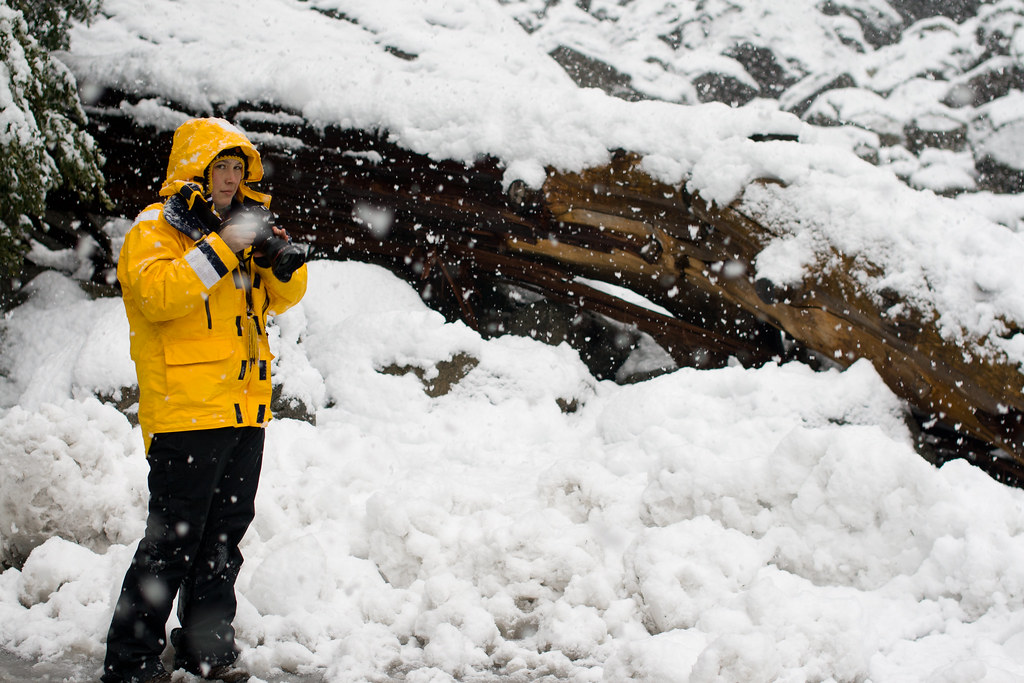 dmertl
dmertl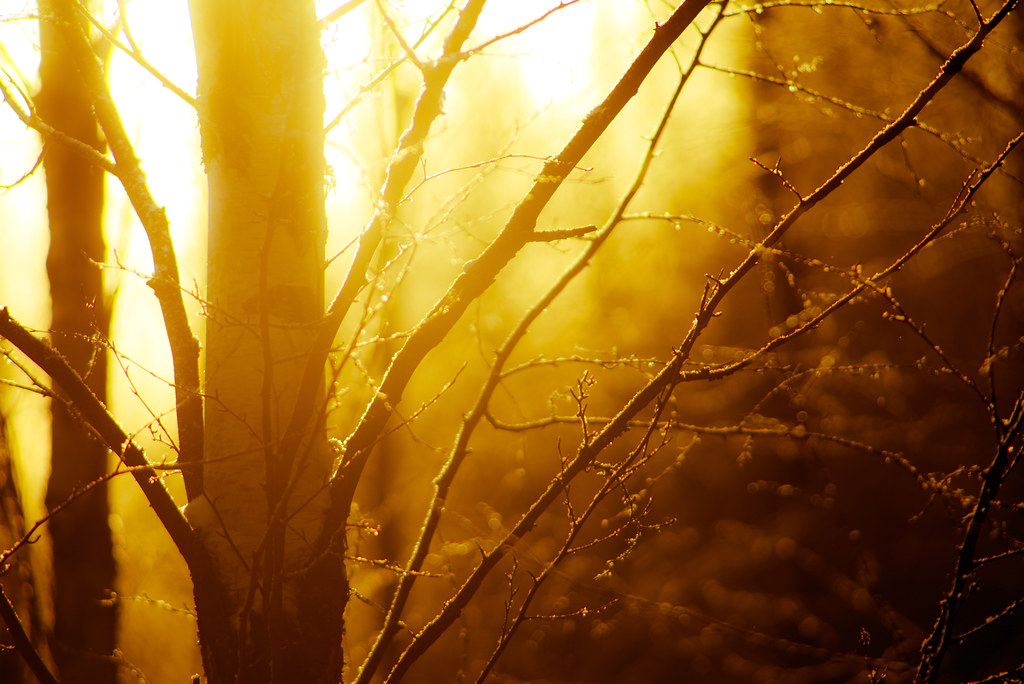
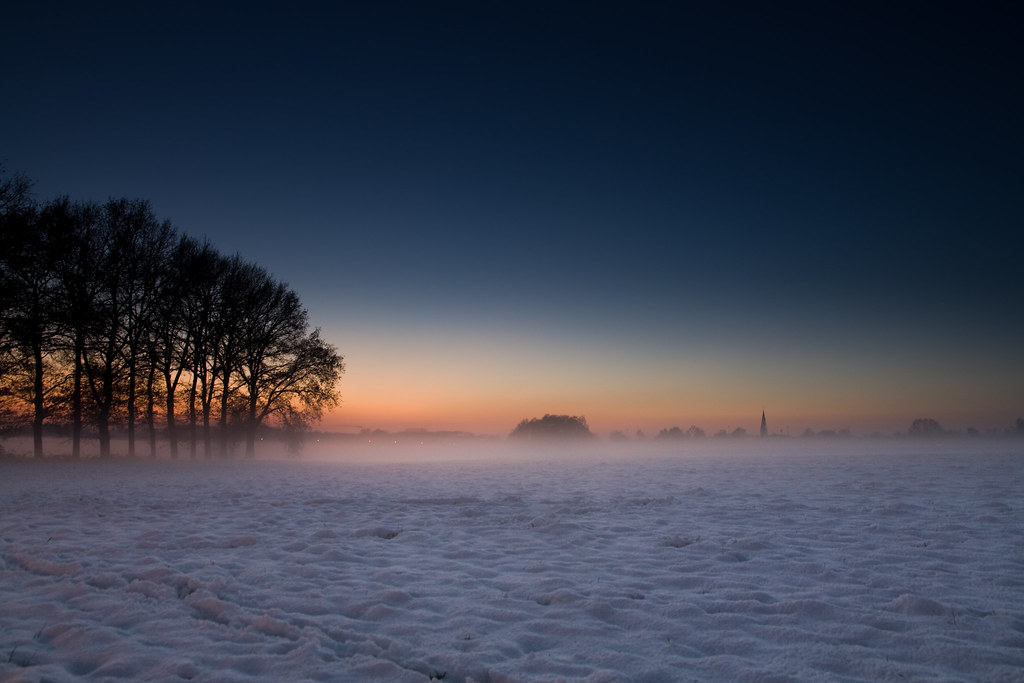
 Elisa …
Elisa …